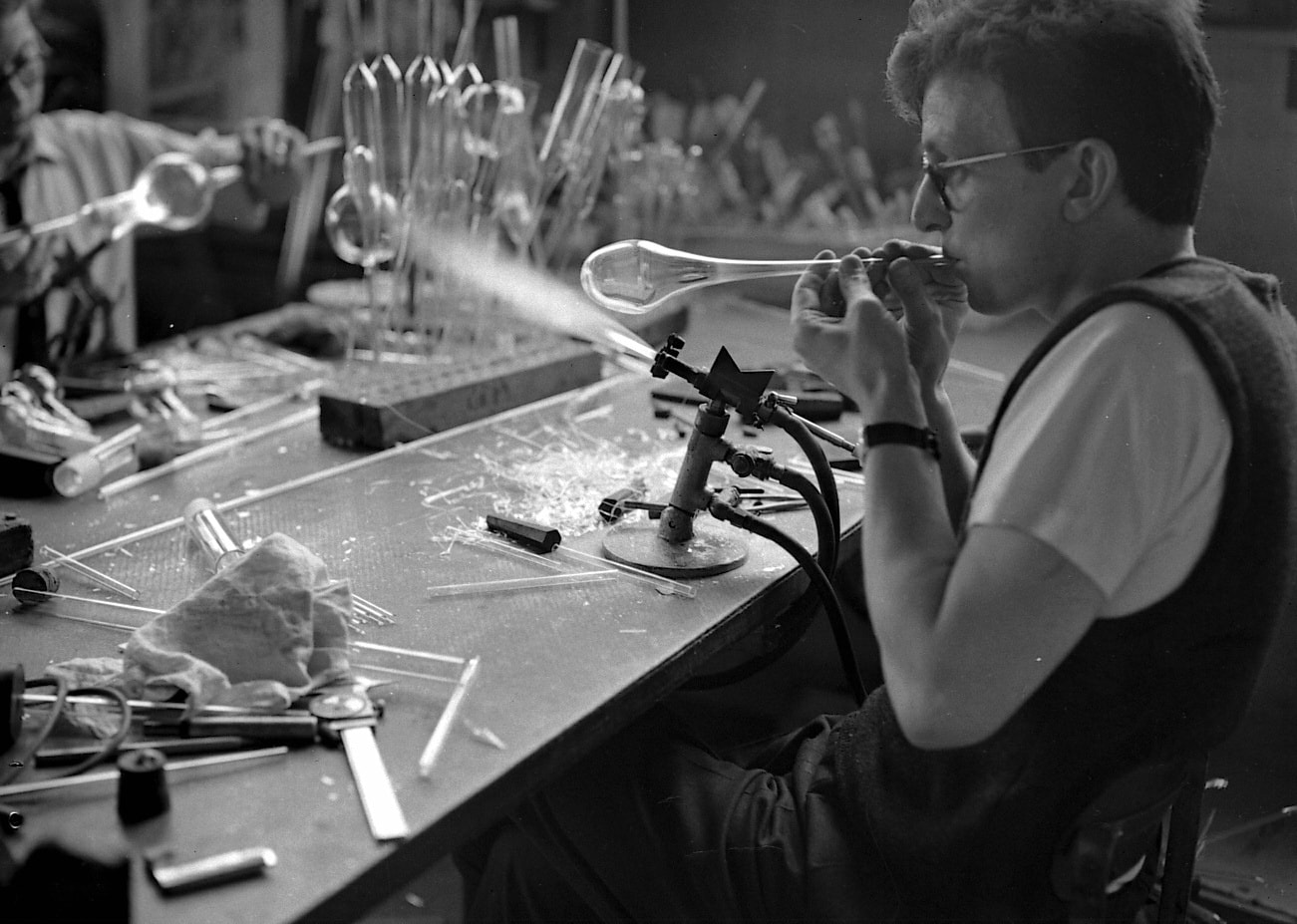
HISTORY
EXPLORE 70 YEARS OF CAMLAB WITH OUR TIMELINE
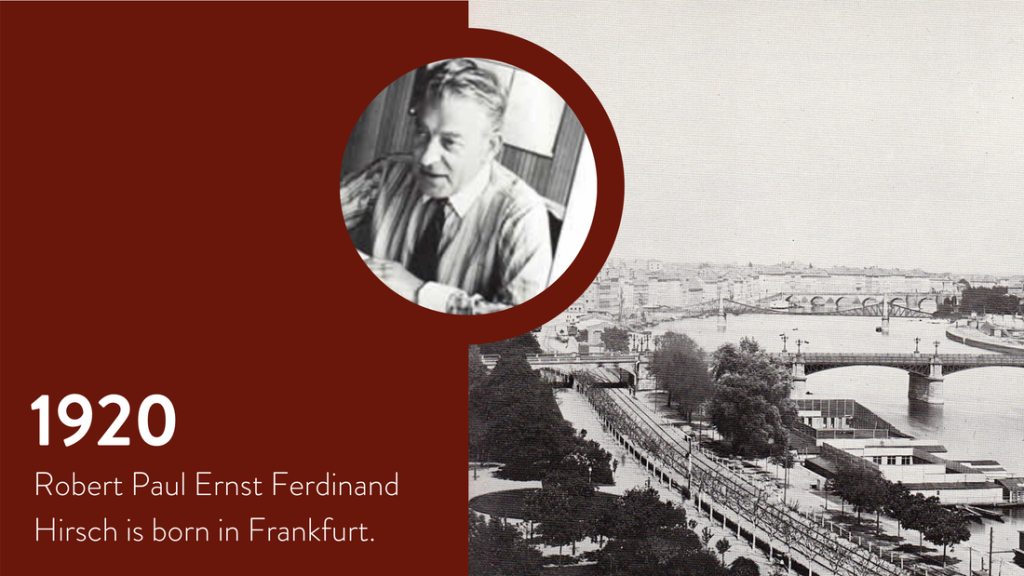
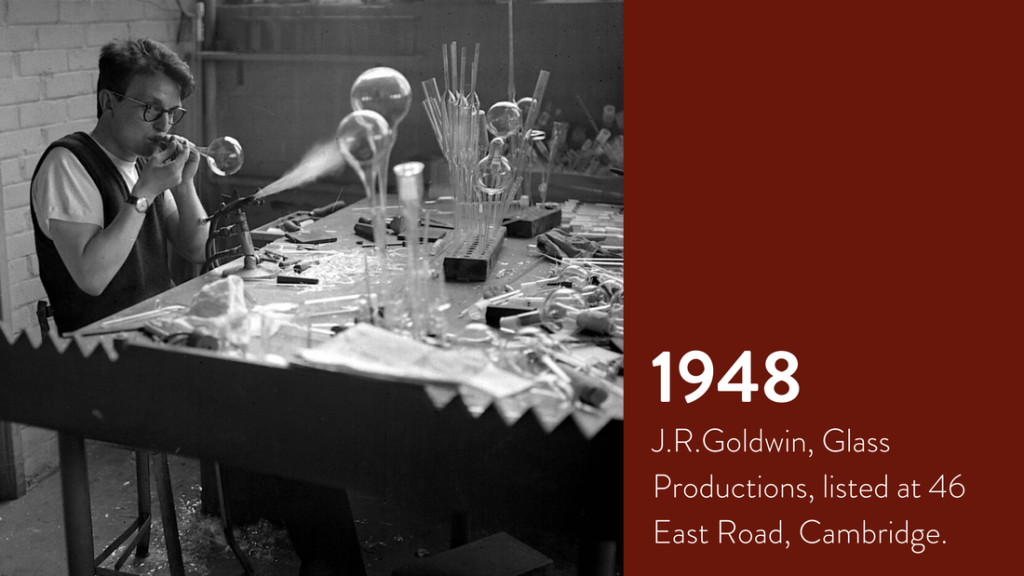
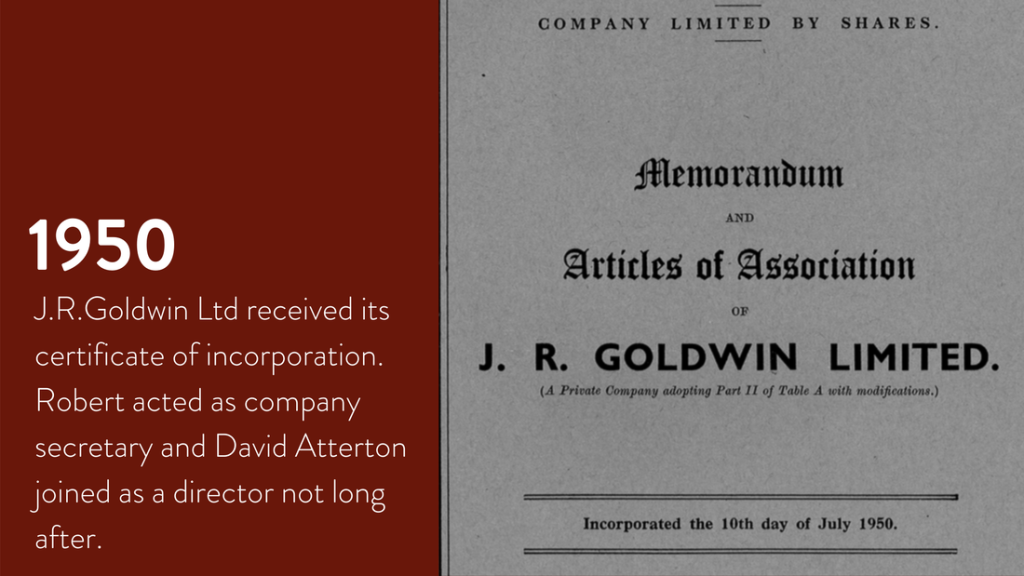
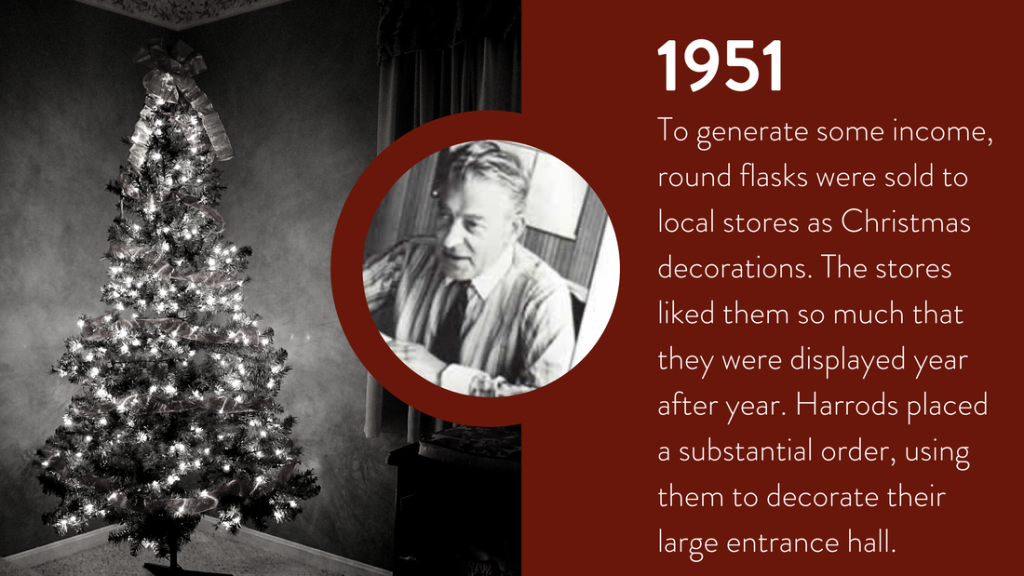
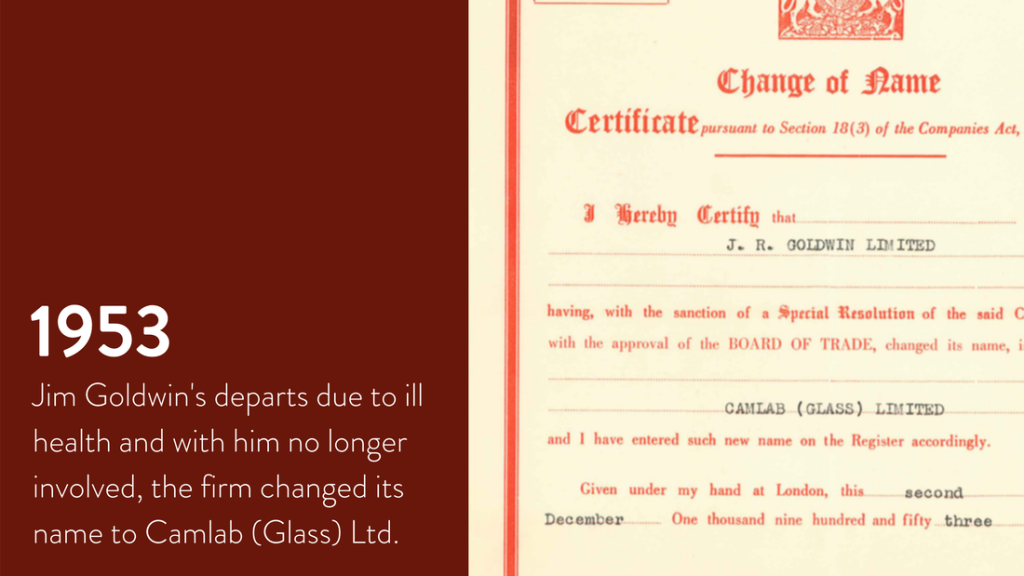
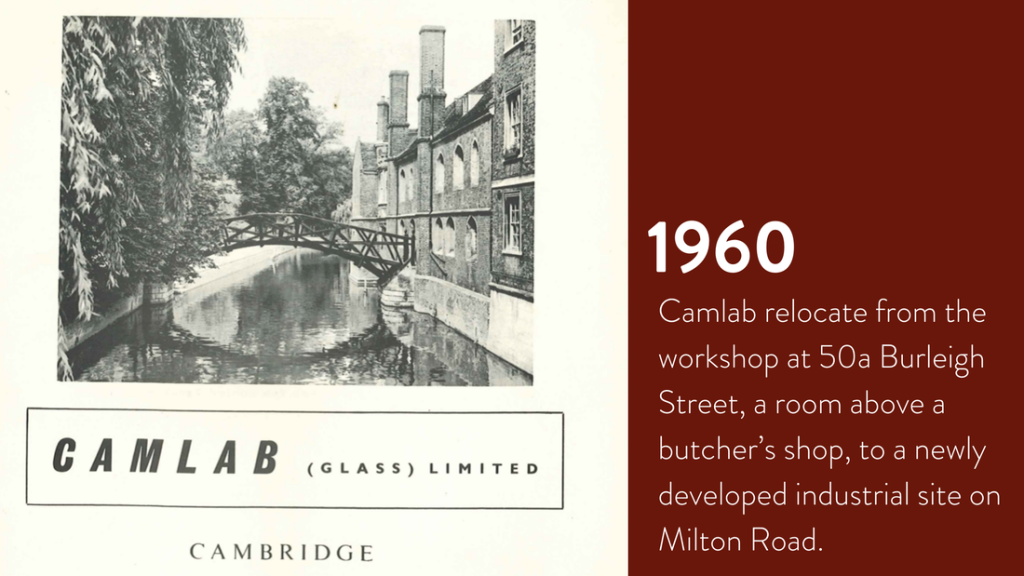
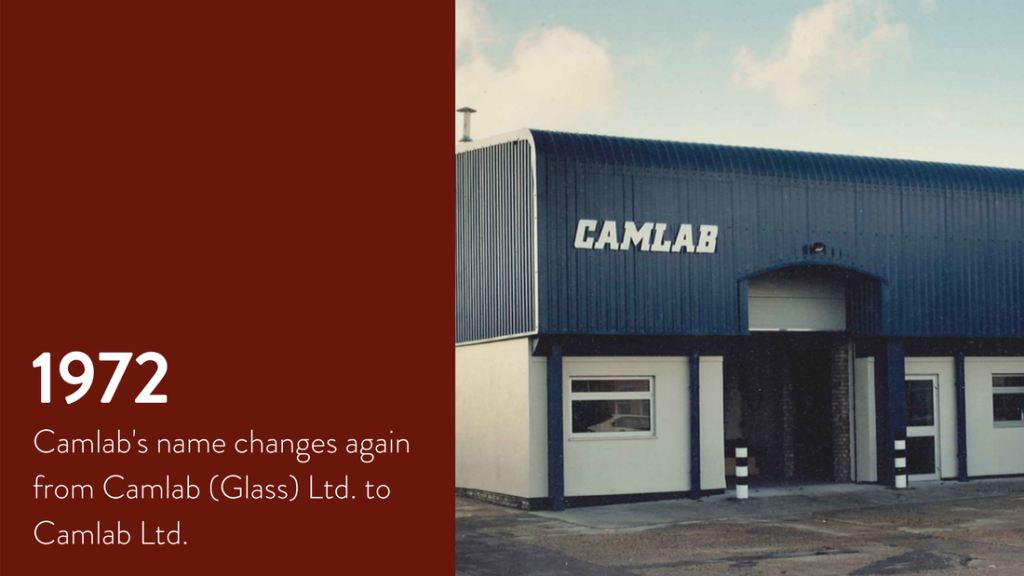
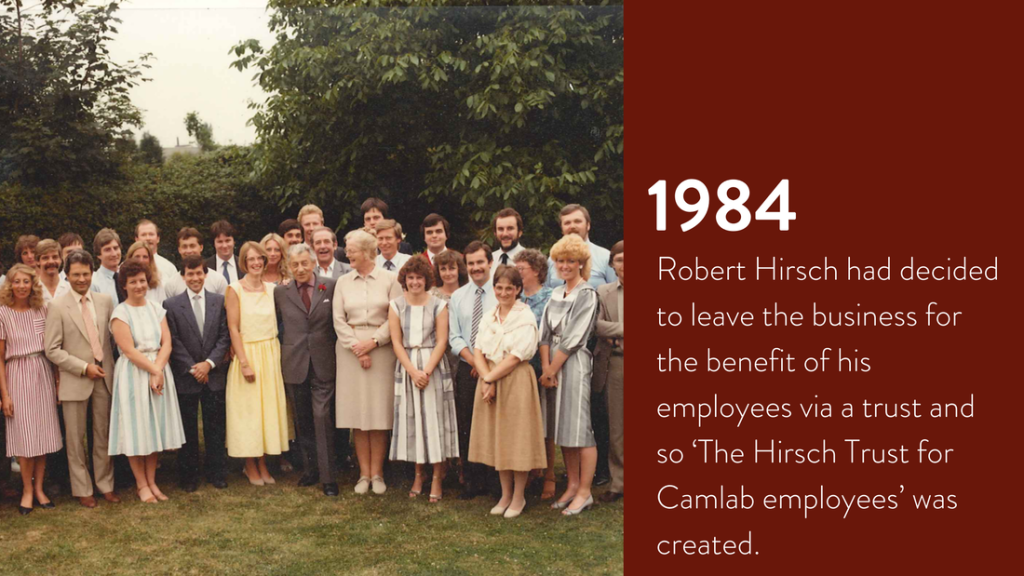
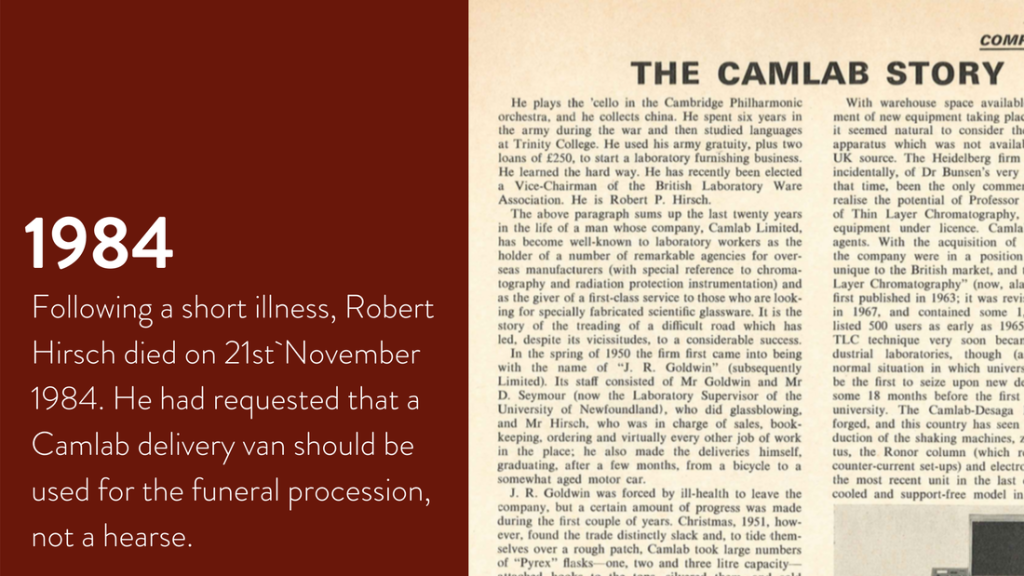
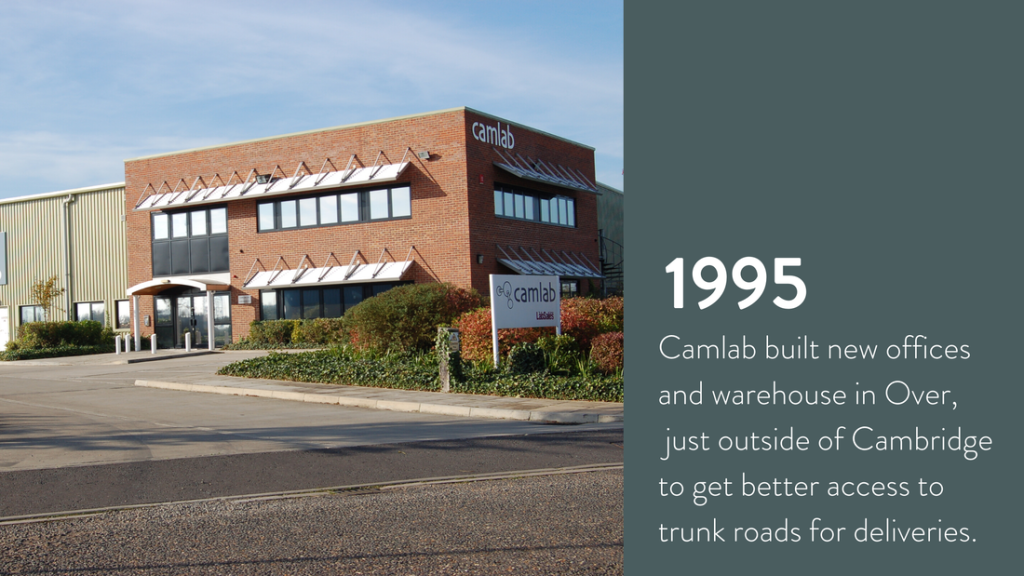
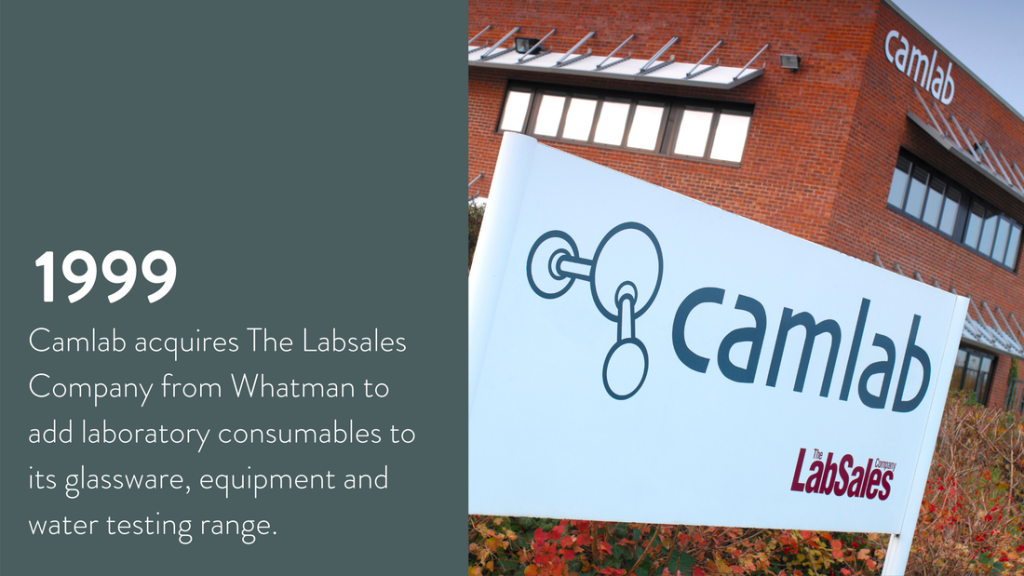
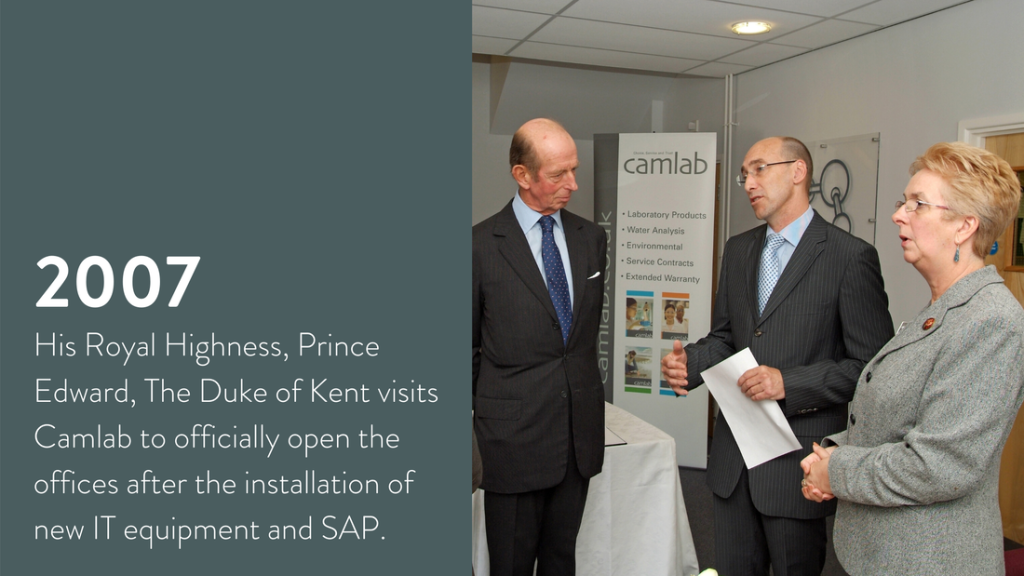
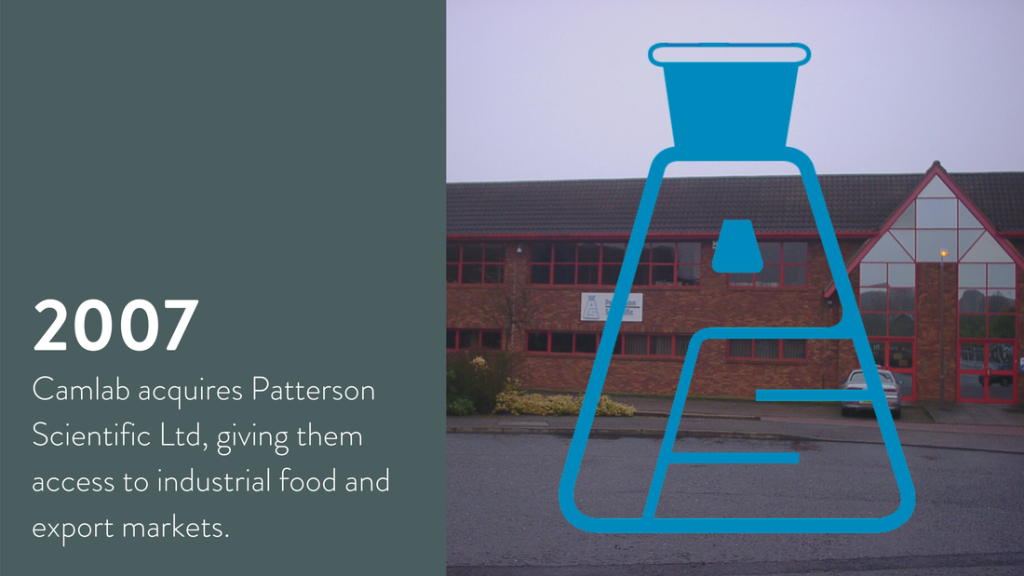

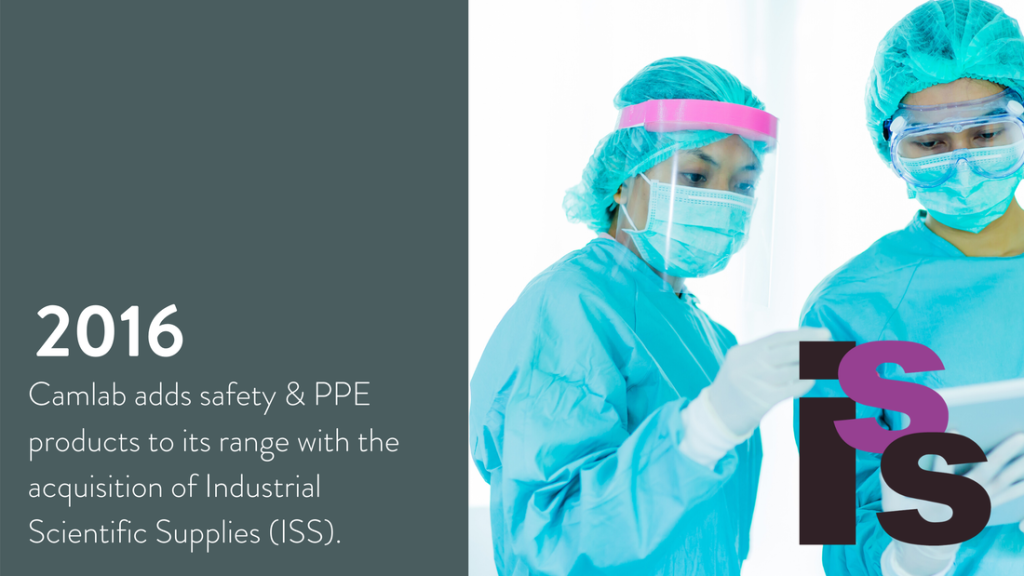

THE STORY OF ROBERT HIRSCH
Paul Hirsch, born in Frankfurt in 1881, came to England because of his love of music and the persecution of Jews in Germany. With him came his son Robert. A roll of the dice brought a meeting between Robert and a Cambridge glassblower called James Richard Goldwin. Without them, Camlab would never have existed.
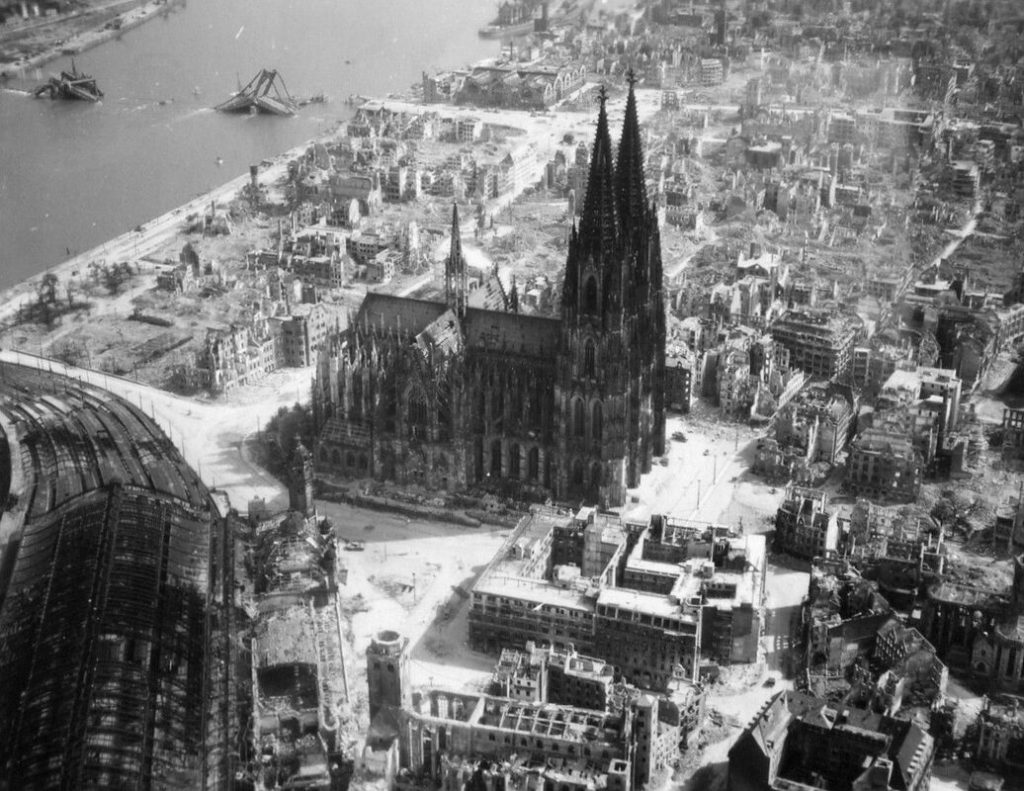
Paul’s son Robert arrived in this country as a teenager when the clouds of war were gathering. It is not generally appreciated that some German refugees joined the forces to help defeat their own countrymen (around 10,000 according to some sources). Robert served for six years after joining the Pioneer Corps. A visitor to Camlab, Stan Miller, recalls being told that Robert Hirsch served in the same unit as Arnold R.Horwell, originally named Arnold Raphael Horwitz. He became another well know Laboratory supplier formed in 1960 until 1992.
Another refugee group from Frankfurt arrived around the same time as the Hirsch family, settling in Weybridge. This consisted of merchant banker Max Morel, his son Werner and daughter Renate Maria. Robert Hirsch married 24-year-old Renate in 1947 (who adopted the name Rosemary). They were later divorced. Nine years later Paul married Elizabeth Mary Lowder Vyvyan (maiden name Lowder). She was company secretary and later a director at Camlab Limited.
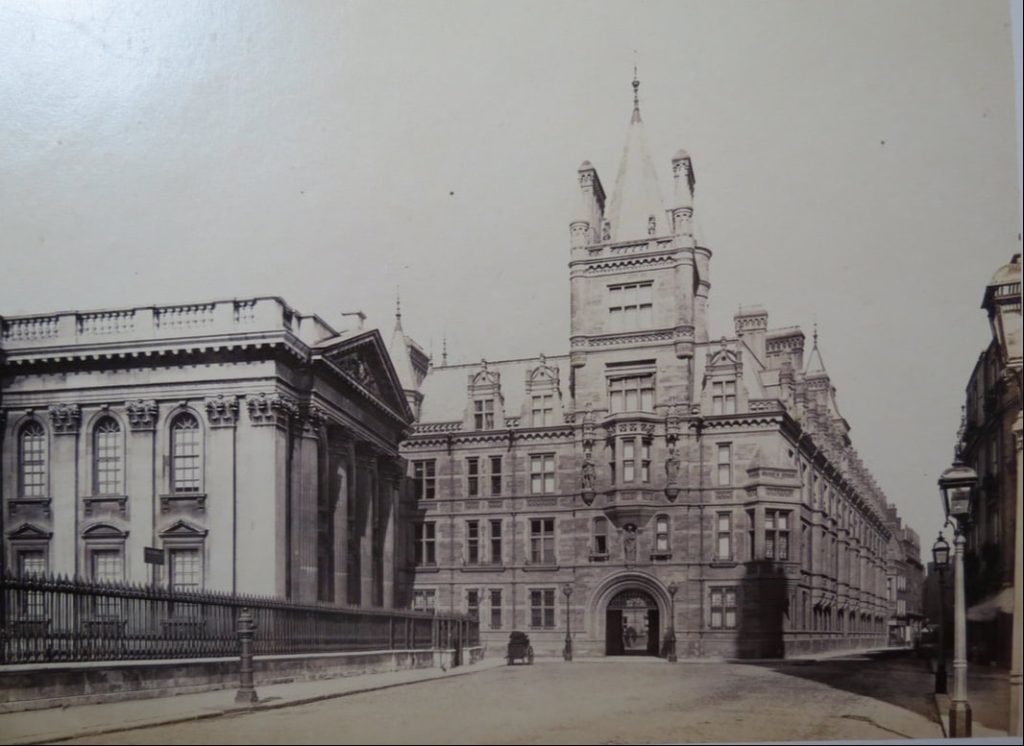
After leaving Trinity College, Robert worked in the foreign book department at Heffer’s bookshop. It so happened that one of David Atterton’s acquaintances was Jim Goldwin, operating entirely on his own since about 1948 as J.R.Goldwin, Glass Productions, at 46 East Road, Cambridge. Since there was little scope for Robert’s career advancement at the bookshop, the chance to help run a newly established business, even a struggling one, had appeal. Introductions were made and with Robert’s army gratuity of about £300, and a couple of loans, plans were put in hand to develop the existing enterprise. Subsequently, J.R.Goldwin Ltd received its certificate of incorporation dated 10th July 1950 with the registered office at 50a Burleigh Street, Cambridge. Robert acted as company secretary and David Atterton joined as a director not long after.
David Valentine Atterton held a doctorate from Cambridge, awarded after submitting a thesis entitled “The interaction of molten metals with solid silica”. He remained at the university and spent five years working on the high temperature properties of molten metals. Possibly he knew Jim Goldwin through this research work.
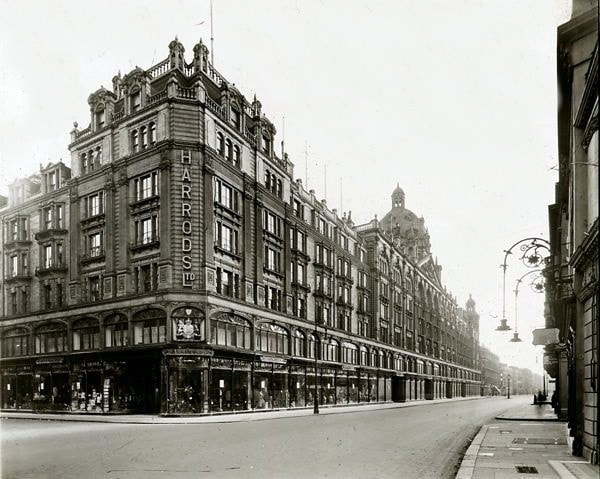
The first few years were tough and in 1951 the finances had reached low ebb.
As a fairly desperate measure to generate some income, round flasks were silvered, fitted with hooks and sold to local stores as Christmas decorations. The stores liked them so much that they were displayed year after year. Harrods placed a substantial order, using them to decorate their large entrance hall.
Tony Collins joined as the first apprentice in January 1954, by which time Jim Goldwin had left. In fact, due to ill-health he had departed only three months after the limited company’s formation. As a stopgap, Robert satisfied his customers by using local glassblowers, collecting the finished articles on his bicycle.
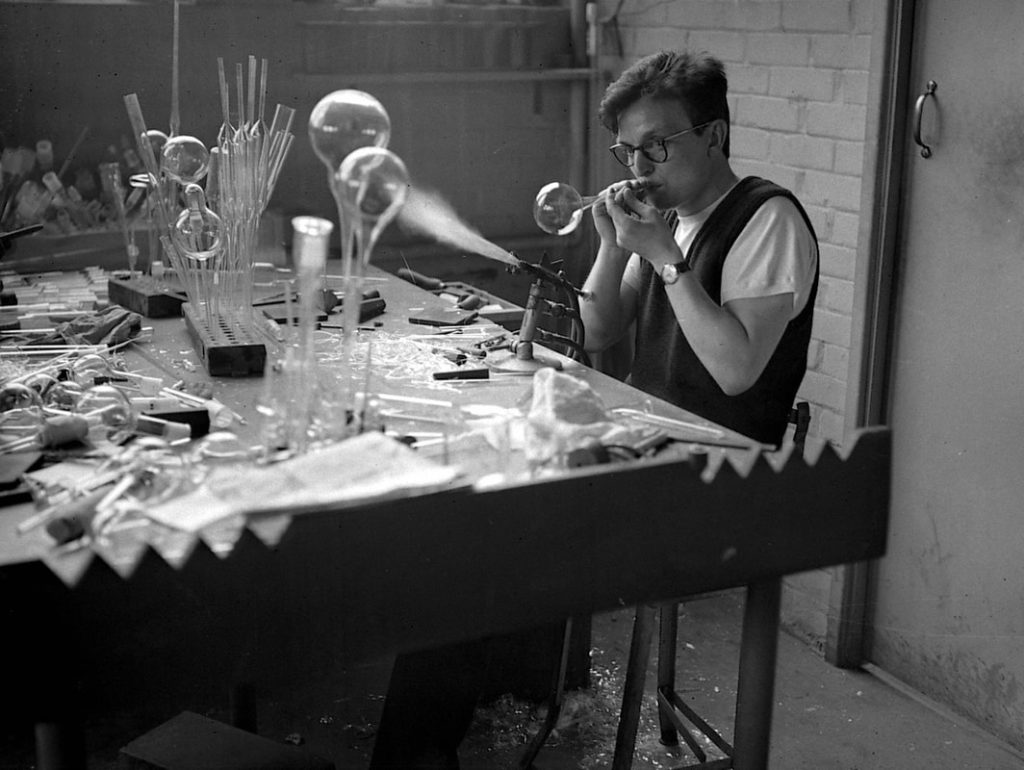
The company became agents for a number of famous manufacturer’s agents. Including representing the Hach range water testing equipment, Marcher Nagel filtration papers, Socorex pipettes and others over the years.
As well as a good business man Robert Hirsch was a man of many talents: a linguist (although unlike David Atterton he didn’t learn Japanese), a musician who performed at concerts on the cello and kept a classical record collection in his office at Camlab, a collector of china, and as a lover and collector of cars he once owned an Alvis car that had belonged to the air-ace Douglas Bader and a paternalistic employer.
The company reported: “On 22nd August 1984 the majority shareholding of Mr R.P.Hirsch and Mrs E.M.L.Hirsch was transferred to the newly formed Hirsch Trust for Camlab Employees. Unusually, Robert Hirsch had decided to leave the business for the benefit of his employees via a trust. This demonstrated how much genuine regard Robert had for his staff. The family questioned his sanity but went along with the process. His son Desmond leaving to re-train as a Chartered Surveyor. On 3rd October 1984 the remaining shares held by two minority shareholders were acquired by Camlab Ltd so that “…the entire beneficial ownership of the company’s shares… have become vested in the Hirsch Trust …” Following a short illness, Robert Paul Hirsch died on 21st November 1984. He had requested that a Camlab delivery van should be used for the funeral procession, not a hearse.
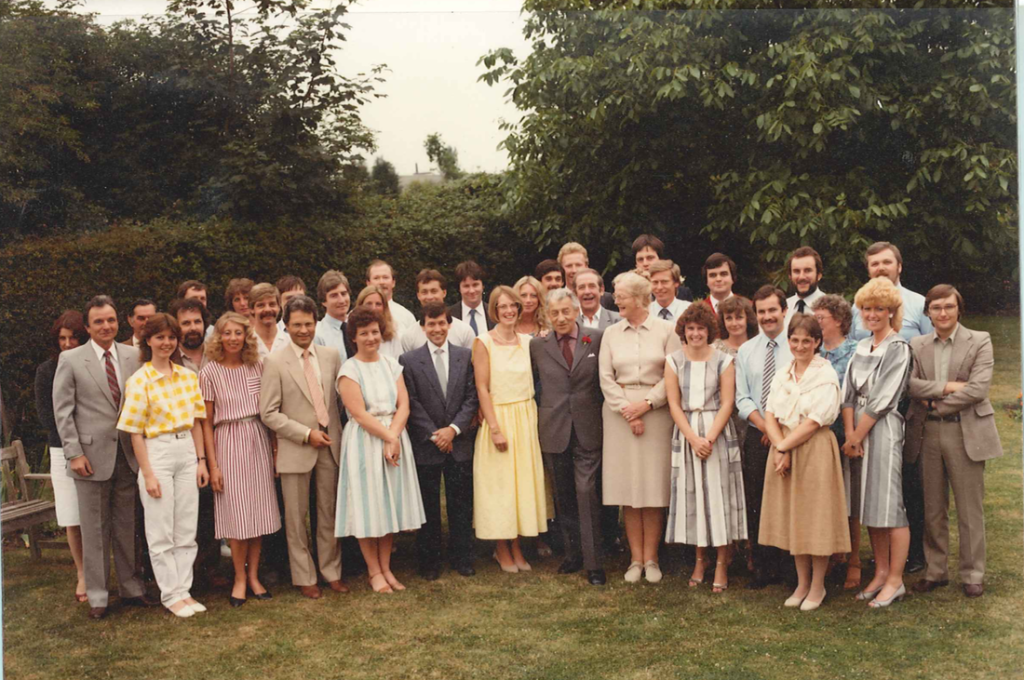
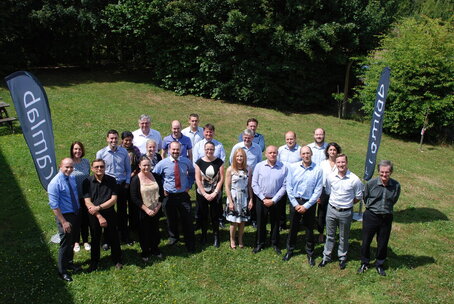
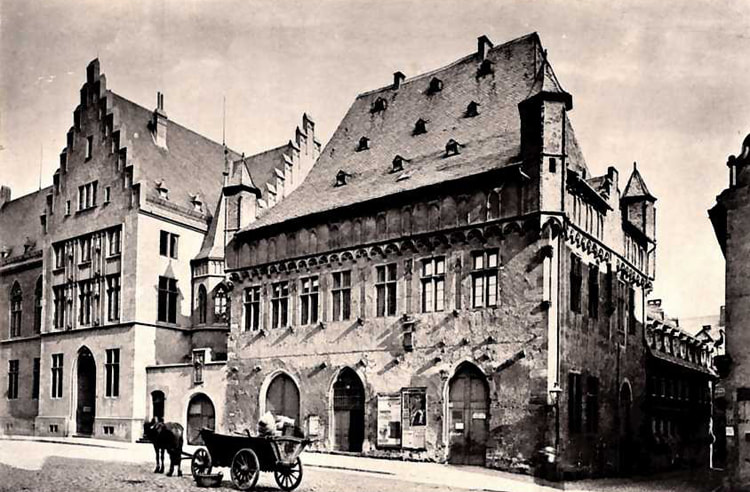
Paul Hirsch had built up an extensive private collection of music over many years. By 1935, what came to be known as “The Paul Hirsch Music Library” numbered about 18,000 items. Partly through the efforts of Edward Dent, a professor of music at the University of Cambridge, arrangements were made for the Hirsch family to take up residence locally in a pleasant detached house with a large garden in 1936. Paul Hirsch’s wife, Olga Anna Henriette, looked after wrapping up the books for transportation. The authorities allowed the consignment to leave the country, not appreciating the importance of the rare works. Arriving at Cambridge in 1936, the massive music collection found a temporary home in the new University Library and the Hirsch family a permanent one at 10 Adams Road.
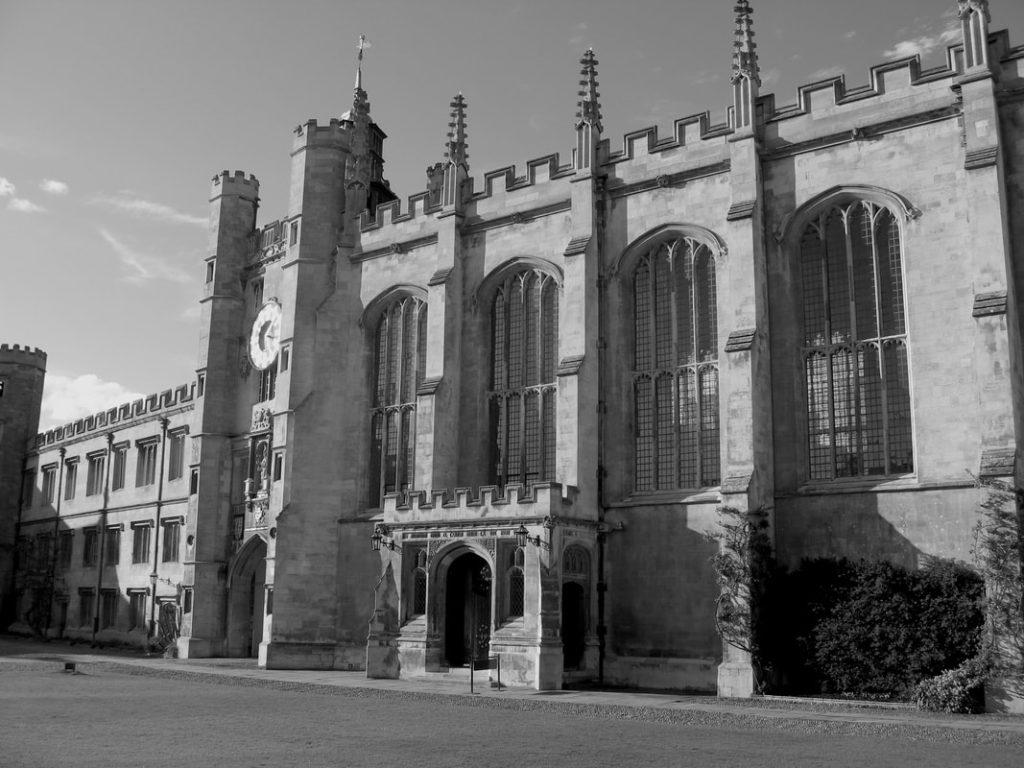
Robert spent some time in editing out Nazi content from films before returning to study languages at Trinity College. His application for naturalisation in 1947 indicates that he was by then an undergraduate but there is no indication that he received a degree. Robert began attending evening classes at the technical college to learn Spanish. A pretty girl in the class called Sheila caught his eye and he invited her out for a cup of coffee. The reply was yes, if she could bring her husband along. Robert responded by saying “… in that case I’d better bring my wife.” So, Mr & Mrs Hirsch met Mr & Mrs Atterton and a long friendship ensued.
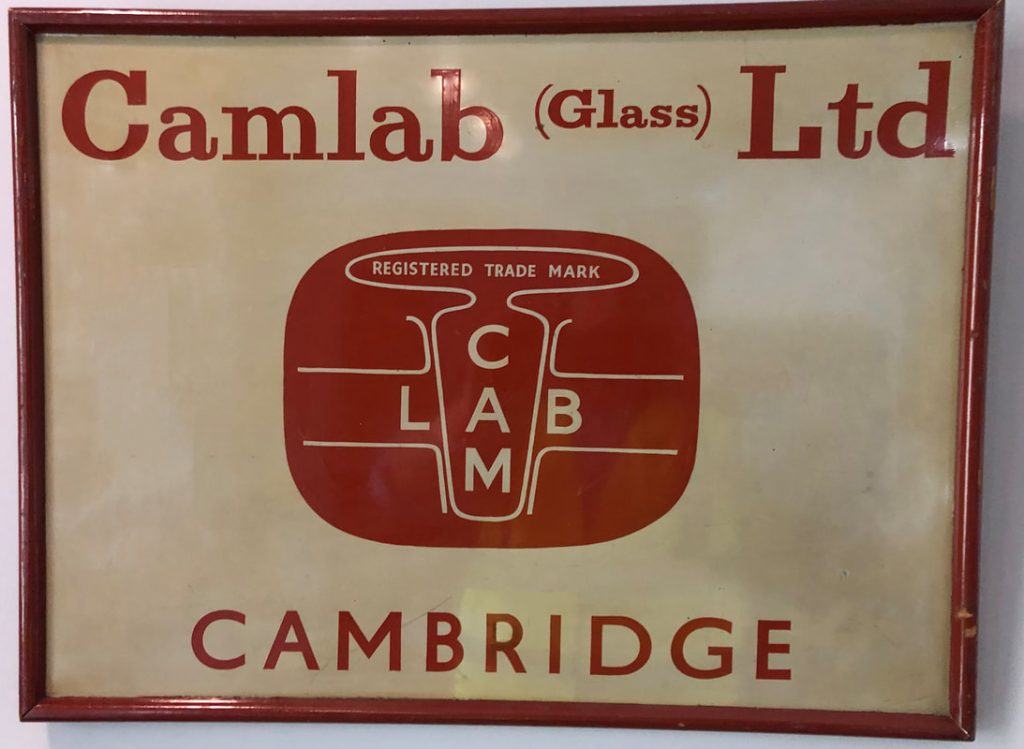
Not only a gifted scientist, David Atterton had an aptitude for commerce that university colleagues found distasteful when he abandoned the academic world for the life of an industrialist. At one point, Dr Atterton held directorships of over forty companies. Many of them part of the Foseco group based in the Midlands. He received a CBE in 1981 for his work as chairman of the National Economic Development Office’s iron and steel sector working party. In 1986 the Secretary of State for Energy, Peter Walker, appointed him as a part-time member of the National Coal Board. Such was his standing that he served as a non-executive director on the boards of giants like Barclays Bank, Marks & Spencer and the Rank Organisation.
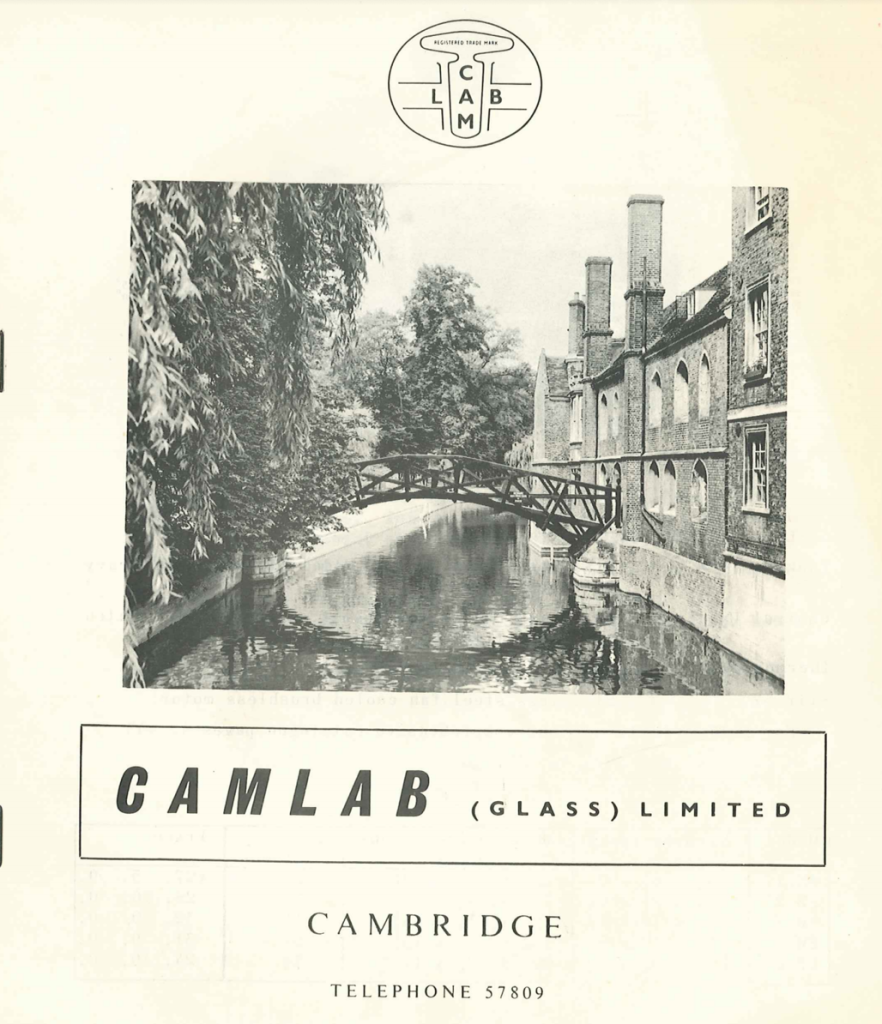
With Jim Goldwin no longer involved the firm changed its name to Camlab (Glass) Ltd, officially recorded by a resolution of the board on 23rd November 1953. Tony’s apprenticeship began under Doug Seymour in the workshop at 50a Burleigh Street, a room above a butcher’s shop. This imposed on the glassblowers not only a very limited space but also the unpleasant smell of raw meat!
Entrance to the premises could be gained from Paradise Street, to the rear, and the staff used this means of access. Extensions to the floor area gave some respite from the overcrowding until it because necessary to relocate.
Old maps show that close to the level crossing where Milton Road meets the now defunct Cambridge & St. Ives railway branch line, stood Trinity Hall Farm. This small area was redeveloped for industrial use and Camlab’s new home stood on the site, adjacent to the railway track. At the time of moving, in 1960, the unit could only be reached by car from Milton Road as the way-in via Nuffield Road had yet to be constructed.
The use of thin-layer chromatography (TLC) was first reported by Nikolai Izmailov and Maria Shrailer of the State University of Kharkov in 1938. They were looking for a method that gave quicker results than column chromatography. Various other workers continued developing TLC but it was Egon Stahl’s research in Germany that really established the method. By the end of the 1950s TLC had replaced paper chromatography as the most widely used chromatographic technique. Camlab decided to enter the field, offering equipment made by Desaga and cellulose powders from Macherey, Nagel & Co. This speciality was pursued to the degree that Robert Hirsch became quite an expert; for example, giving a lecture on “Recent Developments in Thin-layer Chromatography” in 1964 at a meeting of TLC Discussion Panel, of the Society for Analytical Chemistry. A lecture by professor Stahl was also given at this event.
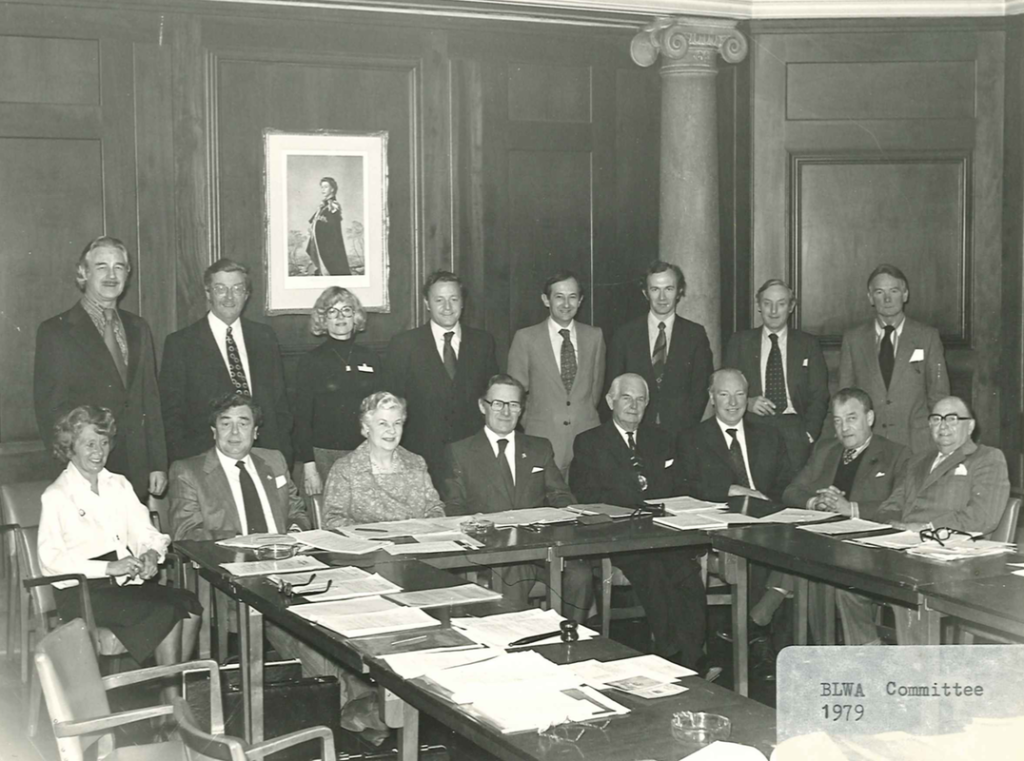
With the demise of Robert, Elizabeth Hirsch took over as managing director until July 1985 when she relinquished the post to Roy Taylor. The 1980s saw other comings and goings. Edward John Aaronson had been appointed as director in 1982 and Reginald Dorow died just six days after Robert Hirsch. Iain Robertson joined the board in 1984. Roger Payton and Anthony Smale-Adams in 1988. The glassblowing days also drew to a close as the decade progressed. What had been a team of 8-10 craftsmen at the height of the firm’s glassware production dwindled to three and then two. This was caused by the drop in demand for research apparatus. The last glassblowers were Jim Beeson and Tony Collins. Sixty five years on from the primitive glassblowing facilities at Burleigh Street, reached by a flight of rickety stairs, Camlab Ltd is still in business. Now on the Norman Way Industrial Estate at Over, Cambridge, it is one of the few survivors from a time when industry and research could support a multitude of its brethren. It is still owned by the staff, thanks to Robert Hirsch
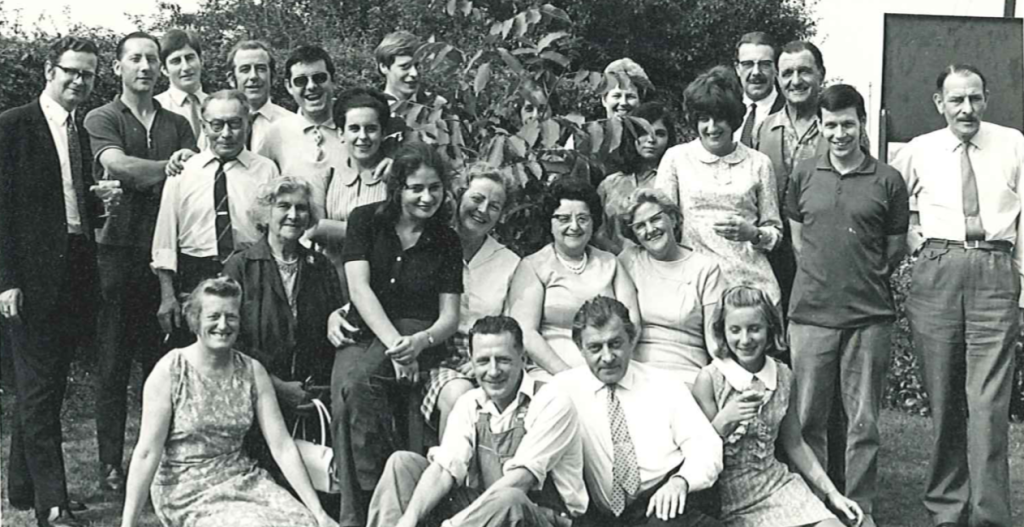
At Camlab we understand the importance of personal contact. As well as providing you with an easy to use website our experienced and dedicated Customer Sales team is also available to help should you not find what you need online. No time-wasting call queues or being endlessly put through to another department. Experience the difference.
To speak to customer service please call 01954 233110
or email [email protected]
